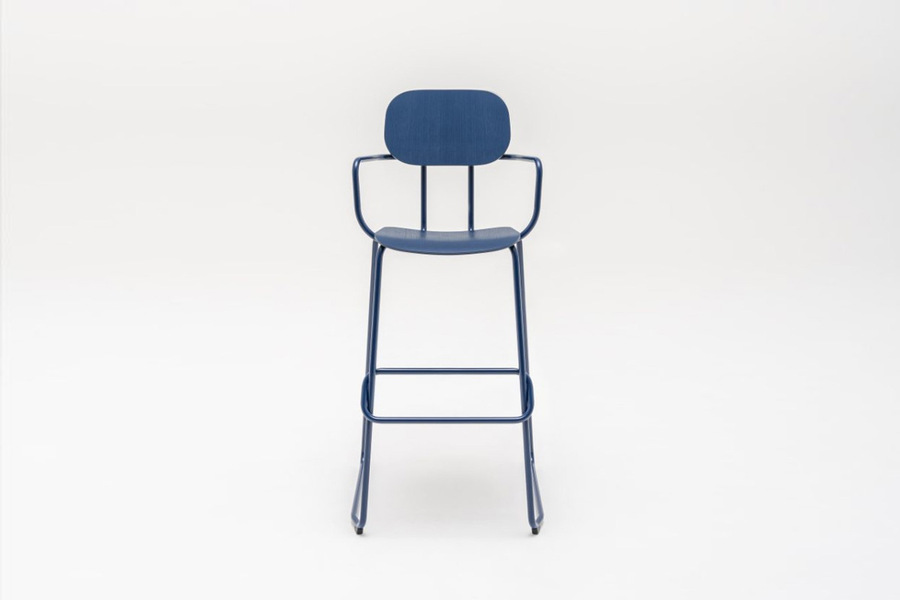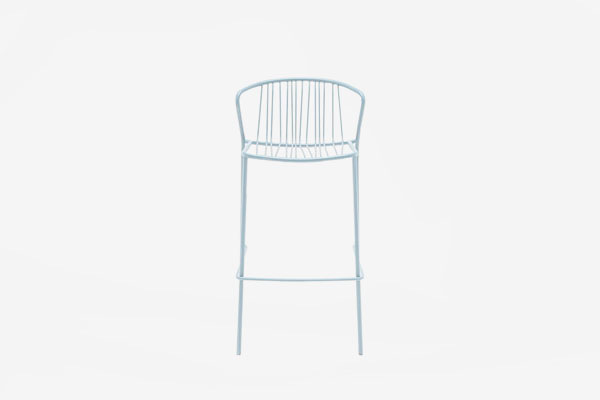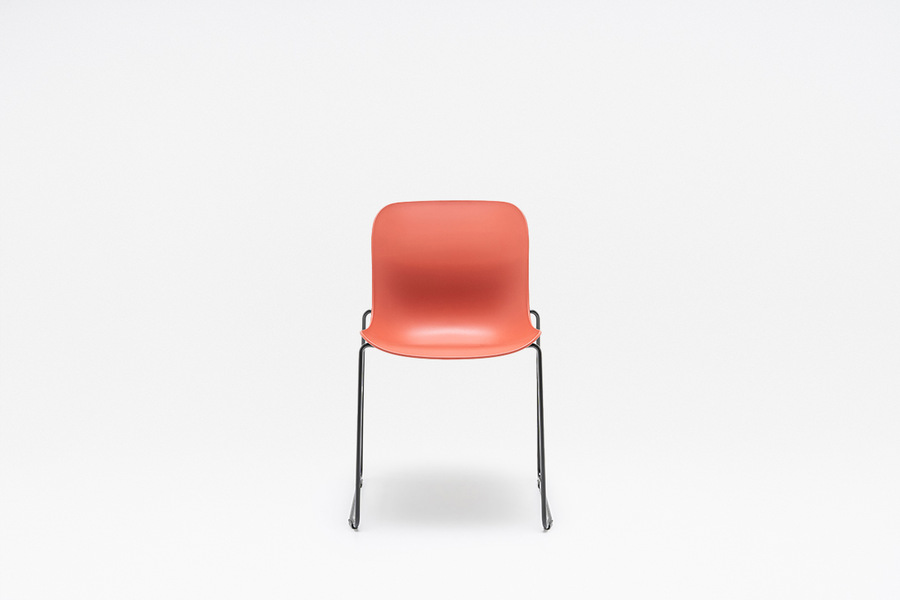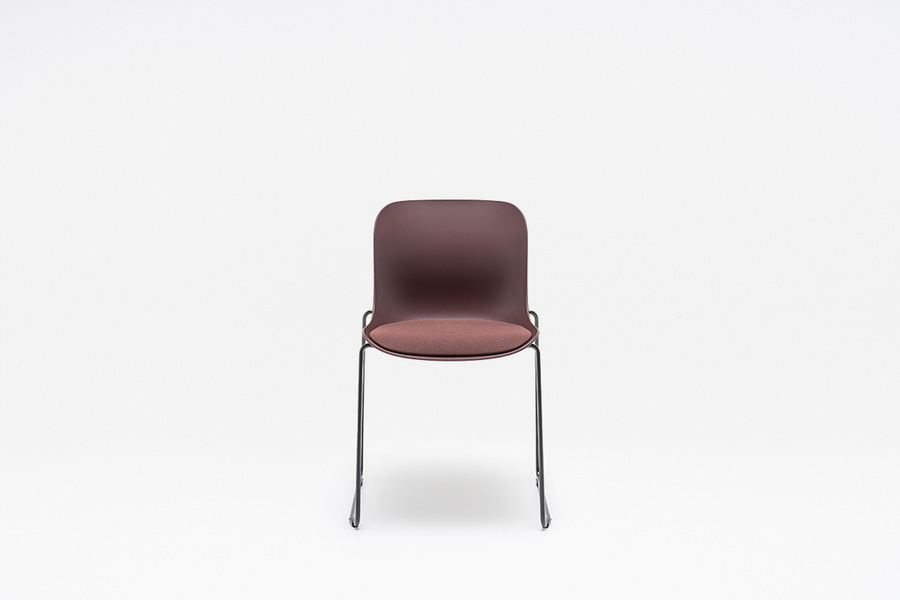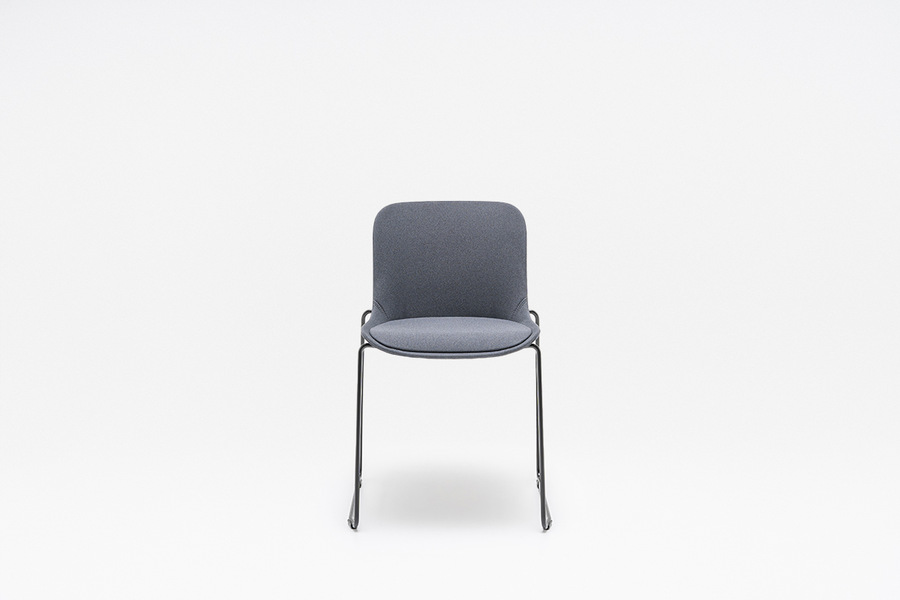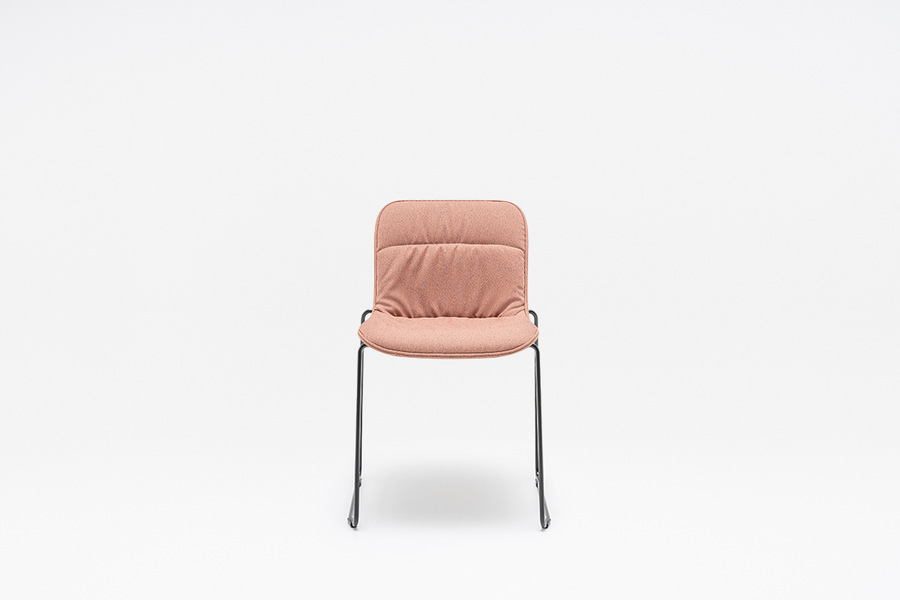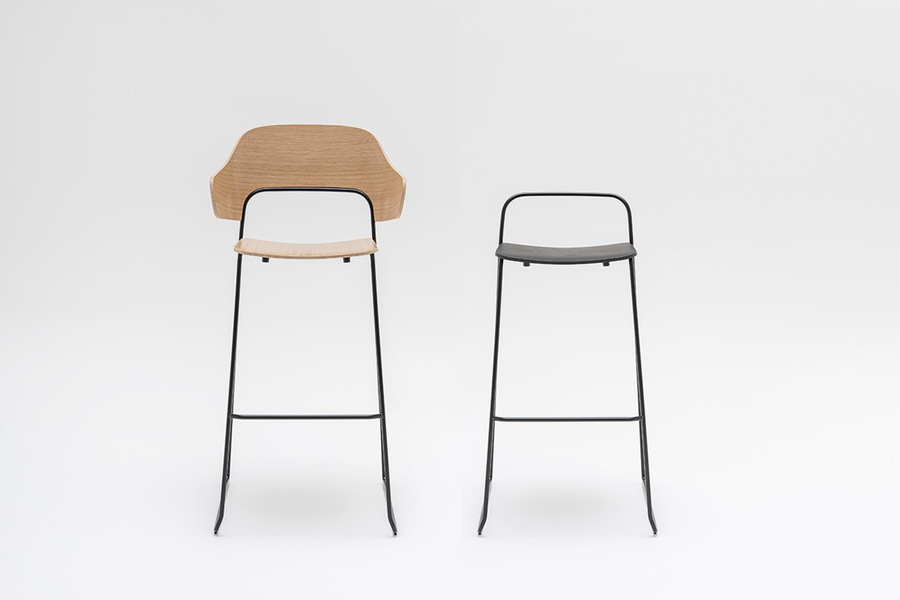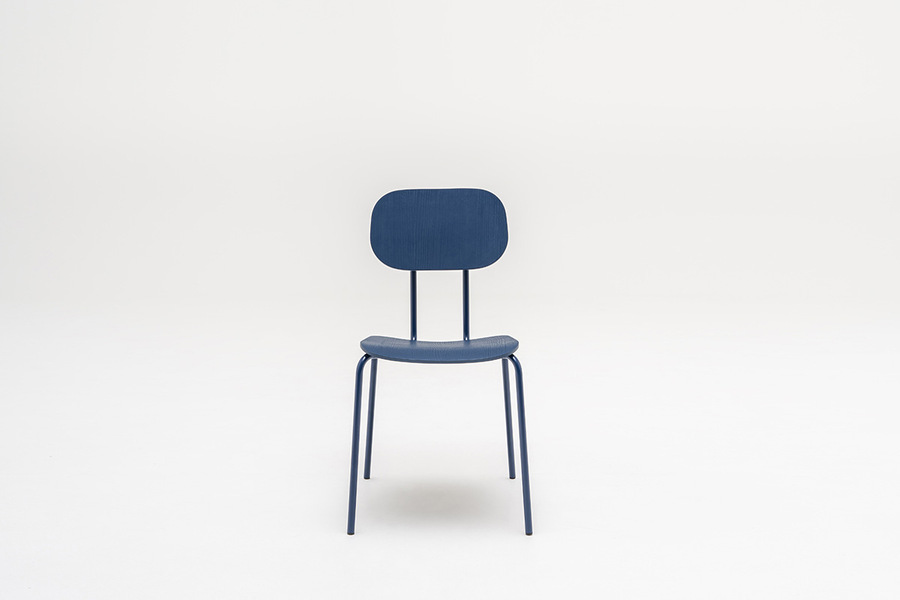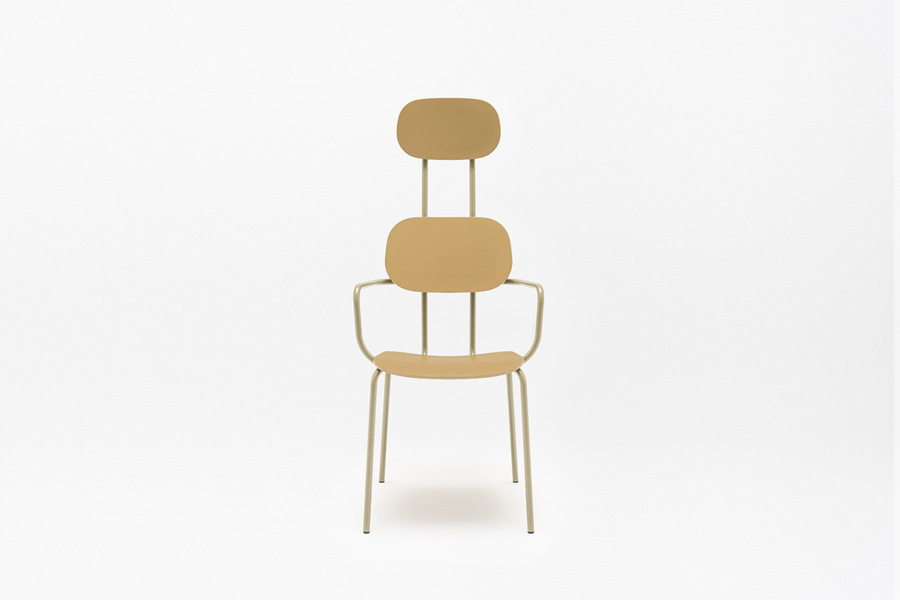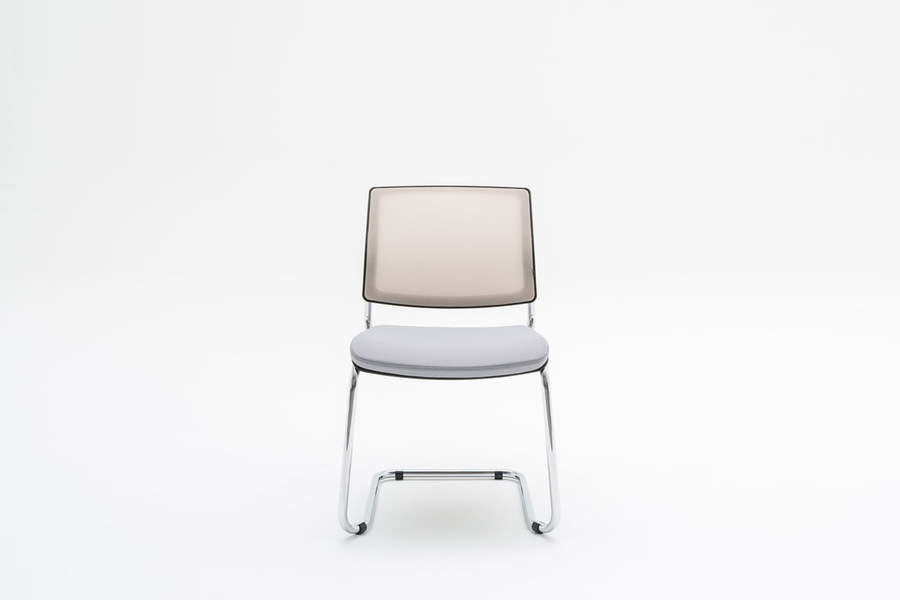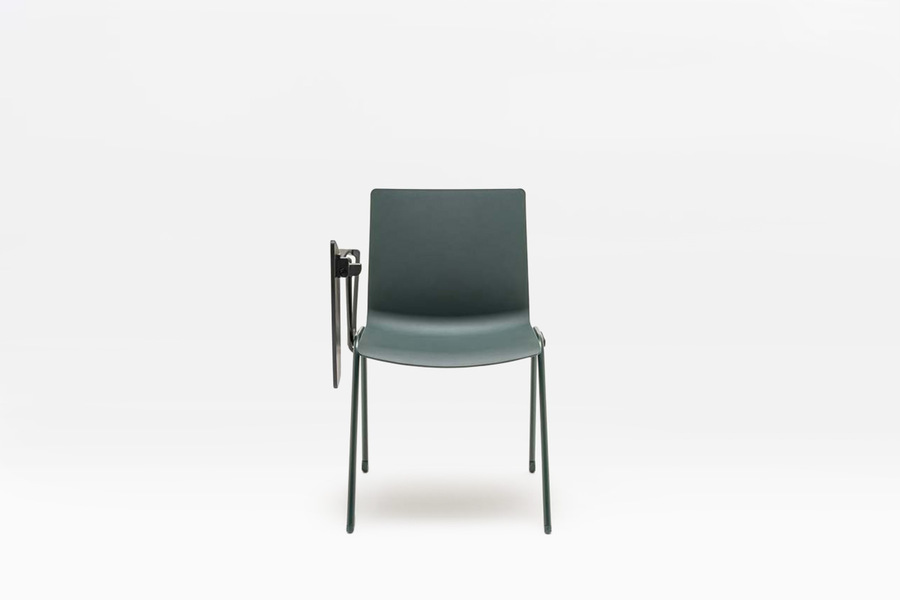A stackable chair – what is it?
To be stackable, a chair’s construction should meet some requirements. Most of them refer to the base, the element determining whether the furniture can be piled one upon the other or not. It is essential that nothing blocks the space beneath the seat – straight legs will easily fit on top of another chair, but it will be impossible for swivel or cantilever bases. It is similar with the seat, it should be straight, stable and fairly thin. Models without armrests stack more easily. It is also important to choose hard and durable materials, such as plastic or plywood. Upholstered stackable chairs should be finished with fabrics that are resilient to tearing and snagging.
Stackable chairs – what are their benefits?
Most of all, the function of stacking chairs on top of one another provides the possibility to save space while storing them. Stacked seats take up just as much of the floor as one of them would, so it is extremely easy to put them aside or hide them while not used. They will fit even into small storage or under the wall. Stackable chairs are often lightweight, and they can be moved around. Therefore, they allow for quick and easy changes in the arrangement and for adjusting it to the current needs of the users.
Stackable chairs – where are they used?
Chair-stacking is a feature especially demanded in spaces, where it is often needed to change the arrangement, even between various interiors. Stackable seats allow for preparing the space tailored to the current group of users, regardless of its size and planned activities. They are a perfect choice for training and conference rooms, as well as lecture halls, auditoriums, and workshop spaces.
